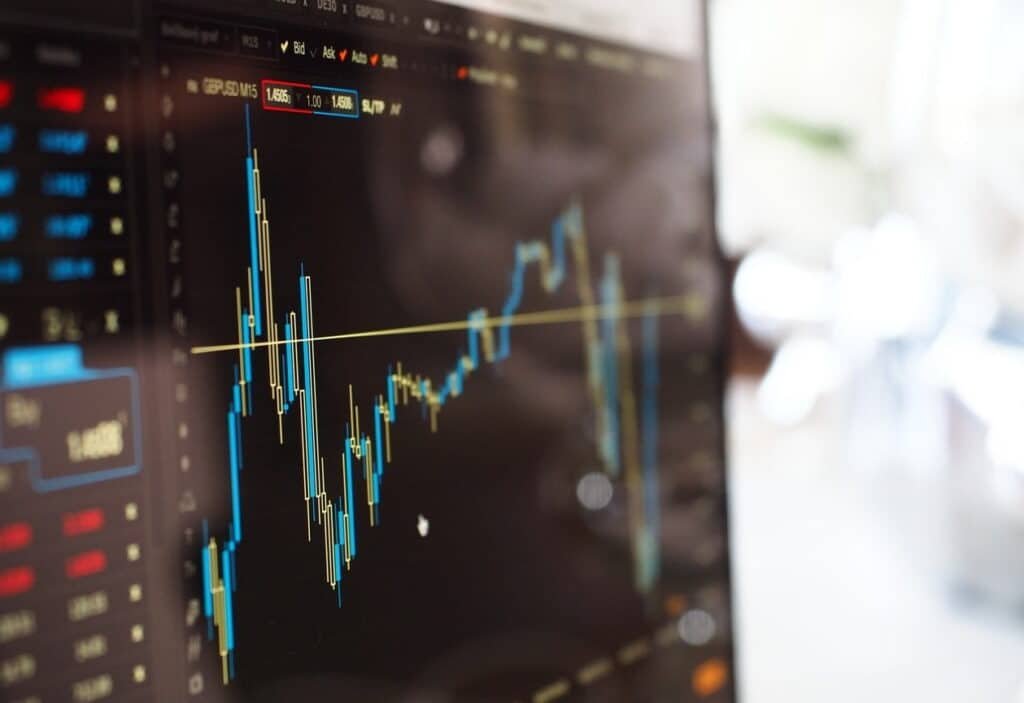
In this guide to social trading, we’ll cover what is social trading, what are the pros and cons of social trading, and how does this trading strategy compare to other popular methods?
What is social trading?
Social trading is an investing style that involves either crowdsourcing or directly copying an influential investor or group of investors. When they trade, you trade automatically. When they spot a trend, you can follow it in a heartbeat.
This is a brand new concept for this decade – social trading didn’t exist as a term in 2010, despite social media thriving. It wasn’t until the explosion in retail trading that took place under lock-down conditions in 2020, that social trading reached the frontier of modern investing techniques. The leading platform of social trading is eToro, the popular Israeli online broker.
This new initiative sits at the crossroads between active and passive investing, providing an interesting blend of ease and excitement, as we’ll explain below.
The pros of social trading
Hands-free active investing
Have you wanted to pursue active investing but don’t have the time to spend performing detailed, active investment research? Social trading allows you to outsource that brain-numbing task to leaders in investment analysis.
By picking the most diligent researchers you can find, you can copy trades that leverage their findings, hot off the press! All without crunching a single financial statement ratio.
Screening for past performance
Social trading platforms provide transparent and accurate data about the historical performance of traders. This provides you with a realistic view of the returns that are possible under the social trading approach.
It’s easy to search for traders by performance and set a minimum threshold for recurring annual returns. For many social traders, it can be very reassuring to choose a trader to copy who has delivered consistent returns in a variety of market conditions.
Choose a blend of styles
It’s easy to follow one or more traders with the tap of a button, and this encourages many social traders to diversify across different active investing styles by searching for traders that follow different trends and own different portfolios.
For example, you could follow three traders:
- A crypto-enthusiast who has a good eye for altcoins
- A small-cap wizard who prefers fundamental analysis
- A momentum trader who relies upon technical (chart) analysis alone
Who knows which strategy will be the most effective this year – but by effortlessly spreading your money across different styles you can hedge your bets.
The cons of social trading
Popular trades can become crowded trades
In the world of active trading, some trading strategies work brilliantly when using a small amount of capital but profits can begin to shrink as more capital is applied.
This is because a small purchase can utilise the very lowest offers on the order book, whereas large lots may exhaust all of the offers at the lowest price, and begin hitting higher and higher prices to secure the full quantity.
The same principle applies when selling too – the larger the size of the order, the lower the price you will achieve in the market.
This simply reduces the profit on each trade and this can hamper the returns of highly popular social trading icons. Traders with over 100 followers may begin to find that each of their trades triggers a huge quantity of mirror trades, impairing the price achieved for that cohort.
Survivorship bias can mislead you about the probability of success
When browsing a list of traders to copy, it’s easy to fall into a trap of assuming that any choice is a great choice.
After all, a trading platform will usually feature its most successful traders very prominently on these pages. This is a completely understandable choice on the part of the platform because social traders will be looking for high returns and they will find a strong historic performance very compelling when looking to pick a trader to copy.
However, you need to be aware that past performance is not a great guide to future returns.
Just because a trader has achieved top 10% performance for three years running does not necessarily mean that they have a better chance than average of achieving a top return in the future. You may be simply looking at lucky traders, rather than excellent ones. It’s impossible to tell the two apart.
Risk Disclosure: Investing involves the risk of loss. Past performance is not an indication of future results.
